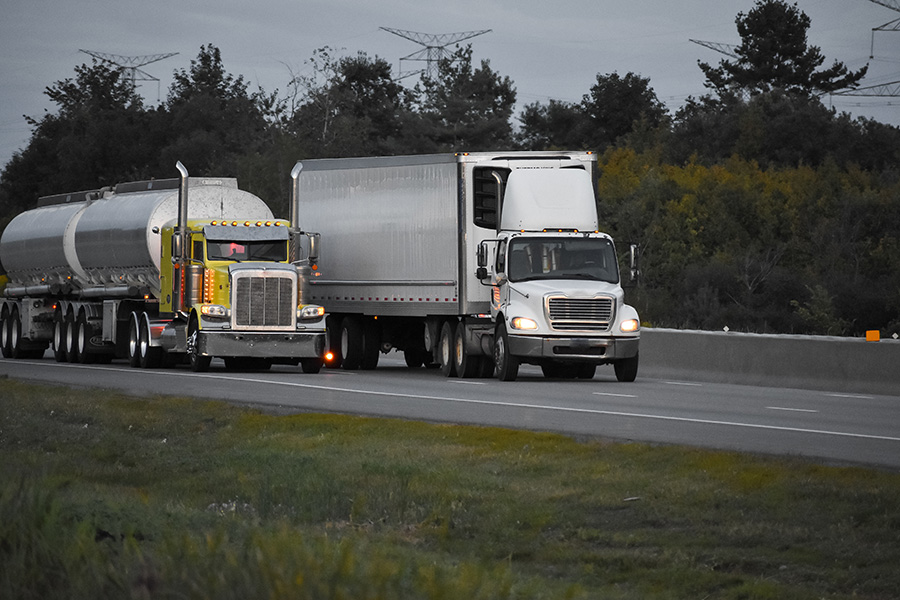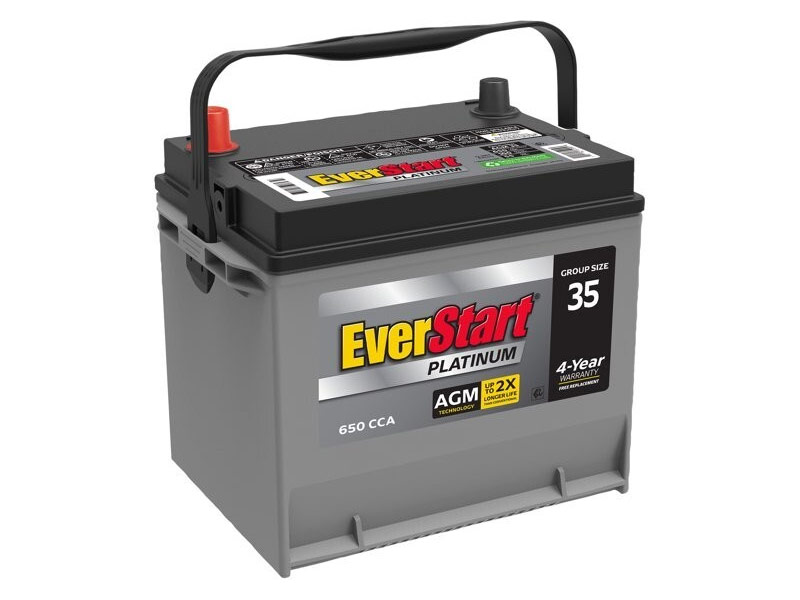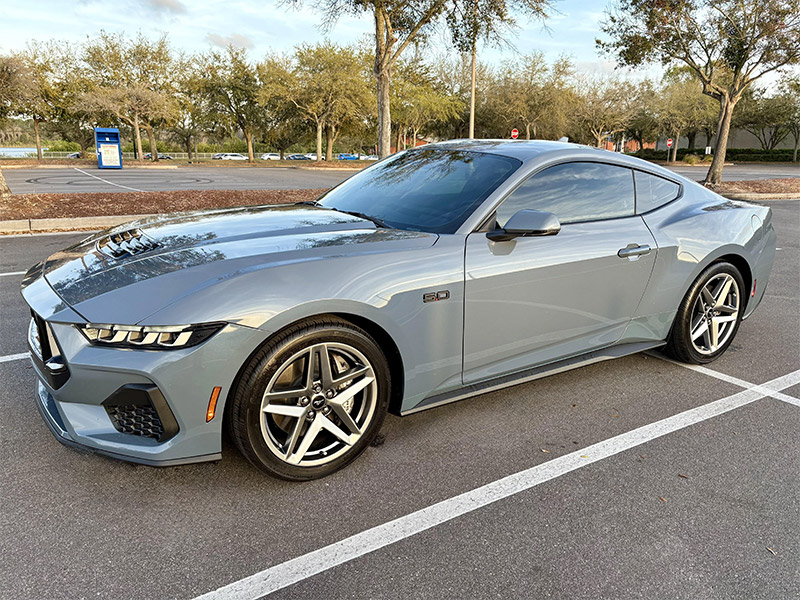
Truck drivetrains have undergone significant changes over the decades, evolving alongside advancements in automotive technology, fuel efficiency, and environmental standards. From the earliest mechanical systems to today’s sophisticated electric and hybrid powertrains, the development of truck drivetrains has been shaped by the needs of industry, regulatory pressures, and technological innovation. This article explores the evolution of truck drivetrains, highlighting key milestones and future trends.
Early Truck Drivetrains: Mechanical Simplicity
In the early 20th century, trucks were powered by simple mechanical drivetrains. Most early trucks utilized rear-wheel drive (RWD) systems, where the engine’s power was transmitted to the rear wheels via a manual transmission and a driveshaft. The simplicity of these early systems made them reliable and relatively easy to maintain, which was essential for the commercial trucking industry as it began to grow.
The key components of these early drivetrains included:
- Manual transmissions: Drivers had to manually shift gears to adjust speed and torque, which was physically demanding but provided control over power delivery.
- Solid rear axles: These robust components could handle heavy loads, but they offered limited flexibility when it came to traction and maneuverability, particularly in off-road or adverse conditions.
The Rise of Four-Wheel Drive (4WD) and All-Wheel Drive (AWD)
As the trucking industry expanded and vehicles were increasingly required to operate in diverse and challenging environments, such as construction sites, farms, and logging roads, the limitations of traditional RWD systems became apparent. This led to the development and popularization of four-wheel drive (4WD) and later, all-wheel drive (AWD) systems.
- 4WD systems were designed for off-road and heavy-duty applications, allowing power to be delivered to all four wheels for better traction and control in rough terrain. These systems usually featured a transfer case, which allowed the driver to manually switch between two-wheel drive and four-wheel drive modes. The addition of low-range gearing further improved off-road capabilities.
- AWD systems emerged later and were designed to automatically distribute power to all four wheels, improving traction without the need for driver intervention. These systems became popular in light-duty trucks and SUVs, offering better handling and stability in a variety of road conditions, including rain, snow, and ice.
These drivetrain innovations enabled trucks to perform in a wider range of environments, expanding their utility across multiple industries.
The Era of Automatic Transmissions
By the mid-20th century, automatic transmissions started to gain popularity in passenger vehicles and light-duty trucks. Heavy-duty trucks, however, were slower to adopt automatic transmissions due to concerns over durability and efficiency under heavy loads.
Over time, automatic transmissions for trucks were developed with stronger materials, better cooling systems, and more advanced designs that could handle the higher torque demands of commercial vehicles. Automatic transmissions became more widespread in the trucking industry, offering several key advantages:
- Driver comfort: Automatic transmissions reduced driver fatigue by eliminating the need for manual gear changes, especially in stop-and-go traffic or long hauls.
- Improved efficiency: Modern automatic transmissions became increasingly efficient, optimizing power delivery and fuel economy.
Today, automatic transmissions are standard in most light-duty trucks and are also commonly found in heavy-duty trucks, with automated manual transmissions (AMTs) offering a blend of both automatic and manual control for maximum efficiency.
The Push for Fuel Efficiency and Emission Reduction
The 1970s oil crisis and growing environmental concerns led to increased demand for more fuel-efficient and eco-friendly drivetrains. This period marked the beginning of a shift away from purely mechanical drivetrains towards more advanced, computer-controlled systems designed to maximize fuel efficiency.
Truck manufacturers responded with several key innovations:
- Overdrive transmissions: These allowed trucks to operate at lower engine speeds while cruising at highway speeds, reducing fuel consumption.
- Lockup torque converters: These components reduced energy loss by physically locking the engine and transmission together during cruising, improving fuel efficiency.
- Electronic control units (ECUs): By the 1980s and 1990s, electronic control units were introduced to manage various aspects of the drivetrain, including shifting patterns and fuel injection, allowing for more precise control over fuel economy and performance.
As fuel efficiency became an increasingly important factor in the trucking industry, manufacturers continued to refine drivetrain technology, leading to the development of variable transmissions and multi-speed automatic transmissions that offer a greater number of gear ratios for improved performance across a wider range of speeds and load conditions.
The Hybrid and Electric Revolution
In the 21st century, the push for cleaner, more sustainable transportation has led to a revolution in truck drivetrain technology. The trucking industry has seen the rise of hybrid and electric drivetrains, driven by stricter emissions regulations and advances in battery and electric motor technology.
- Hybrid Drivetrains: Hybrid trucks combine an internal combustion engine (ICE) with an electric motor to reduce fuel consumption and emissions. These drivetrains use regenerative braking to capture energy that would otherwise be lost, storing it in a battery for later use. Hybrid drivetrains are particularly effective in urban environments where trucks experience frequent starts and stops, making them ideal for delivery vehicles and municipal fleets.
- Electric Drivetrains: Fully electric trucks have become increasingly viable with the development of high-capacity batteries and fast-charging infrastructure. Electric drivetrains eliminate the need for a traditional engine and transmission, using electric motors to drive the wheels. The benefits of electric drivetrains include:
- Zero emissions: Electric trucks produce no tailpipe emissions, helping companies meet stringent environmental regulations.
- Lower maintenance costs: Electric drivetrains have fewer moving parts compared to traditional drivetrains, reducing the need for routine maintenance and repairs.
- Instant torque: Electric motors deliver torque instantly, providing strong acceleration and performance even under heavy loads.
While fully electric trucks are still in the early stages of widespread adoption, major manufacturers like Tesla, Volvo, and Daimler are investing heavily in this technology, signaling a significant shift in the future of truck drivetrains.
The Future of Truck Drivetrains
As the trucking industry continues to evolve, the future of drivetrains will likely be shaped by advancements in automation, connectivity, and alternative energy sources.
- Autonomous trucks: With the rise of self-driving technology, future drivetrains may be integrated with advanced sensors and control systems to optimize power delivery and fuel efficiency without driver input.
- Hydrogen fuel cells: Hydrogen-powered trucks are emerging as a potential solution for long-haul trucking, offering the benefits of electric drivetrains with the extended range and fast refueling capabilities of traditional internal combustion engines.
- Smart drivetrains: Connectivity and data analytics could allow future drivetrains to adjust in real-time based on factors like load, terrain, and traffic conditions, maximizing efficiency and performance.
Conclusion
The evolution of truck drivetrains has been driven by the need for greater efficiency, performance, and adaptability in an ever-changing industry. From simple mechanical systems to today’s sophisticated hybrid and electric drivetrains, the advancements in drivetrain technology have allowed trucks to become more versatile, efficient, and environmentally friendly. As technology continues to progress, the future promises even more innovative solutions for the trucking industry, further shaping how we transport goods and materials across the world.

